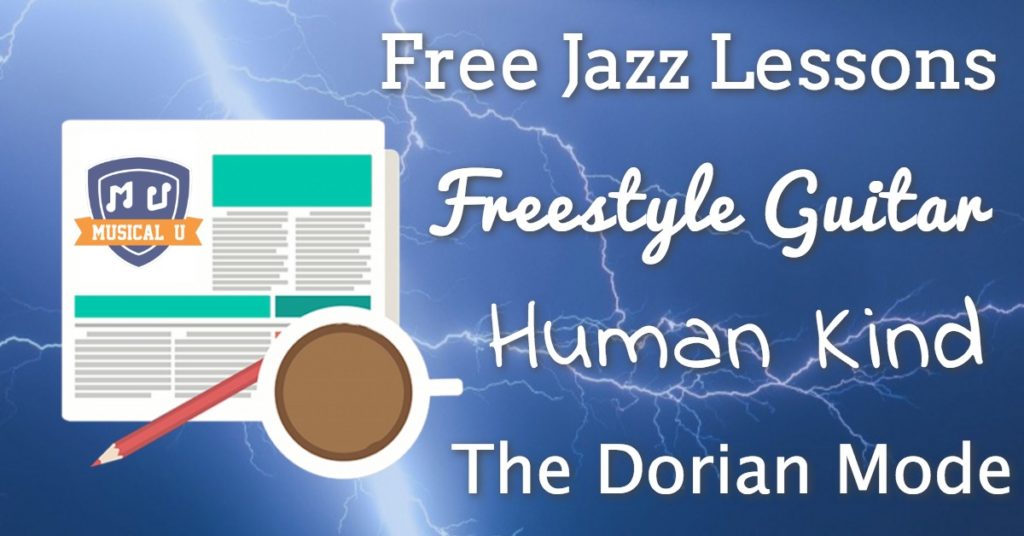The quest for freedom!
Isn’t that what we’re really doing here today? Yes, it’s a music education blog – but isn’t that the point of learning music, to be more and more free in our expression?
As musicians, we know that freedom isn’t free: it takes commitment and discipline to grow the skills to bring out the musical vision inside us. Those skills go beyond our personal singing and instrumental mastery: we also know how to come together and create – from duos to bands to symphony orchestras to…
Perhaps we have something to teach the world about these individual and collective steps to freedom?
This week on Musical U we learned how to freestyle a guitar solo, about free jazz lessons, about the freedom that comes with learning a new scale, and the power of music to freely unite people around the Earth.
Freestyle!
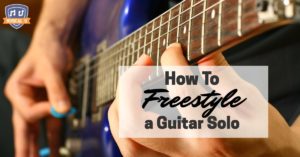 The word freestyle applies to everything from snowboarding to rap. Often, freestyle involves an improvised solo display of individual virtuosity. Learn what it takes to master this elusive art in How To Freestyle a Guitar Solo.
The word freestyle applies to everything from snowboarding to rap. Often, freestyle involves an improvised solo display of individual virtuosity. Learn what it takes to master this elusive art in How To Freestyle a Guitar Solo.
Some freestylers demonstrate command of the guitar by flowing from one genre to another. Add another weapon to your freestyle arsenal with some fingerstyle techniques. Guitar Nick has simplified the process of learning fingerstyle into eight lessons.
When beginning to play freestyle, the musician needs to learn that their performance will not be perfect and they need to be able to bounce back quickly from a mistake. This is true for many other types of musical performances as well. Adam Rafferty has this great article on eight tips to avoid mistakes during a performance and how to prepare yourself during your practice.
Having mastery of scales is important when beginning to freestyle on your instrument. Scales have other important applications to the musician that will work to improve your overall musicality as well. Guitar Habit discusses 10 reasons to learn new scales that will motivate you to get into music theory and continue to grow as a musician.
And speaking of new scales…
Welcome to Planet Dorian!
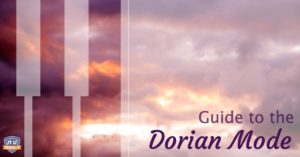 New scales = new sounds = new freedom! The Dorian Mode’s applications range from folk to jazz to rock. Learn more about this intense, driving cousin of the minor scale – and how it fits on your instrument – in this comprehensive Guide to the Dorian Mode.
New scales = new sounds = new freedom! The Dorian Mode’s applications range from folk to jazz to rock. Learn more about this intense, driving cousin of the minor scale – and how it fits on your instrument – in this comprehensive Guide to the Dorian Mode.
Learning modes can be a lot of fun and greatly impact your ability to create amazing music. This video from Rick Beato talks about the G Dorian mode, and goes into great detail on chord voicings within the scale. Get your ears ready for the full application of the Dorian Mode:
Now that you have learned about the Dorian mode, how about putting it into different keys? This helpful article from Piano Scales shows the Dorian mode in all keys on the piano. Time to experiment with different voicings and sounds while learning more about this intense scale.
Once you have learned the theory and chords that can be used in Dorian mode, and listened to the videos that from our Guide to the Dorian Mode, you’ll start recognizing this scale in the music you listen to on a regular basis.
Now it’s time to distill your Dorian knowledge into powerful musical phrases. Bridget Mermikides has five distinctive phrases in Dorian that you can apply today!
Free Jazz Lessons
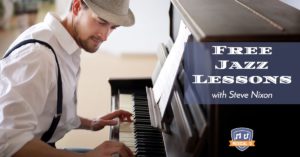 Freedom as in skipping through green mountain meadows with Albert Ayler, your Selmer Mark VI saxophone, and the wind in your hair? Not this time – we’re talking about that other “free” as in it costs no money.
Freedom as in skipping through green mountain meadows with Albert Ayler, your Selmer Mark VI saxophone, and the wind in your hair? Not this time – we’re talking about that other “free” as in it costs no money.
Touring piano sideman extraordinaire Steve Nixon (with Grammy winners and nominees such as Buddy Guy, Lonnie Brooks, Koko Taylor, etc.) has posted hundreds of free jazz lessons– as well as blues, country, rock, and other styles of piano lessons.
This week, we talked with this Chicago legend about his career, his passion for teaching, his 65,000 (per month) students, and his online teaching in Free Jazz Lessons, with Steve Nixon.
Part of learning jazz and popular styles is setting aside the written music and figuring out music by ear. It can be difficult, but it is a skill that anyone can learn! Aimee Nolte shows us how to figure out the chords to songs with the classic “Eleanor Rigby”:
Steve talked about the importance of finding the right music teacher, especially when looking for one online. Finding a teacher that you want to sound like can be a difficult process that takes time and research. Some would even say that a teacher must audition for their students! This great article from Squidy talks about the important considerations when searching for your new music teacher.
Music Theory is an essential component to become a full musician, and will greatly improve your ability to perform on your primary instrument. But, many are unsure of how to apply music theory to actually playing music. Robert Maddocks talks about how to apply music theory to multiple genres of music.
Calling All Humans
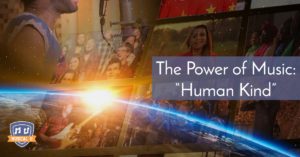 Like many of us, singer, songwriter and educator Michael Solomon Williams looks at the strife in the world and asks the question, “What can I do here, how can I help?” When he put his yearning for something different out to other musicians on Facebook, the response was overwhelming – and the answer came in a song: Human Kind.
Like many of us, singer, songwriter and educator Michael Solomon Williams looks at the strife in the world and asks the question, “What can I do here, how can I help?” When he put his yearning for something different out to other musicians on Facebook, the response was overwhelming – and the answer came in a song: Human Kind.
Michael channeled our musicians’ love of co-creation into a worldwide collaboration with hundreds of musicians. In the process of creating the single, and the Common and Kind concerts, Michael realized that musicians’ abilities to work and build together across wide cultural chasms could inspire the peoples of the world to do the same.
Read more about The Power of Music: “Human Kind”, with Michael Solomon Williams.
To pull off this concept, Michael had to be able to connect with musicians all around the world that were united in the same cause. While in the “good old days”, connecting with other musicians seemed simpler, the explosion of digital communications has opened us to greater collaboration than ever before. Sofasessions lists five ways making music online will help your musical growth.
While Facebook and Twitter are often the preferred social networks for many in the music industry, it is imperative to remember the importance of LinkedIn to build a network of other professionals. But, who should you connect to? Sonic Bids discusses the four type of people that you should make part of your LinkedIn network as you seek to establish your professional music connections.
This type of collaboration would have been more difficult just a couple of short years ago. Now that YouTube has become a major channel for artists to get views, the industry has adopted new standards: what is acceptable for recordings and technology has rapidly evolved. Eight year YouTube vet Moonbase (19K subscribers, 4.5 million + views) shows us how to make music for YouTube.
Michael’s first demo of Human Kind was self-recorded on Garageband. Finally, recording from the comfort of your own home has not just become common in the music industry, but major label releases are increasingly being recorded at home rather than in an expensive studio.
Undoubtedly, many of the contributions to the Common and Kind release were recorded this way! To get the best quality sound when doing your own recording, check out these suggestion from Songtrust on the mistakes that you should avoid when recording that first song.
The technology and learning resources we have widely available offer the potential of freedom like never before in human history. Still, it is up to us to choose to direct our musical skills to our advantage. Whether it’s learning a new mode, grabbing a free jazz lesson, letting loose on your guitar, or connecting with others to create music, what musical choice of freedom will you make today?

